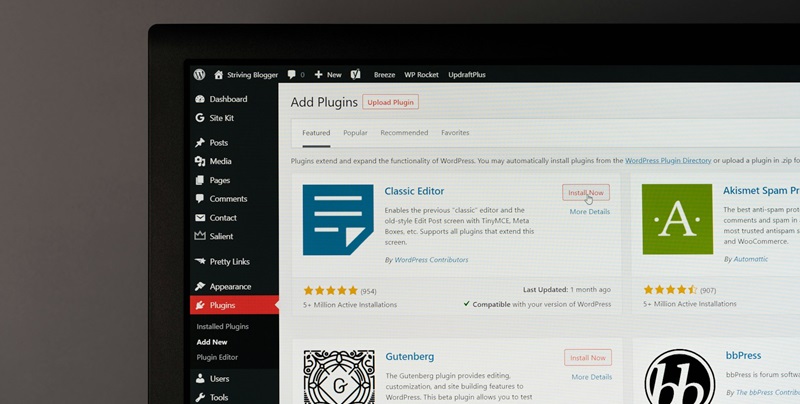The digital landscape continually evolves with innovations, but alongside these advancements lurk cyber threats that are becoming ever more cunning. One such threat is a recently uncovered Android malware, which cybersecurity experts have named Wpeeper. It cleverly uses compromised WordPress sites to conceal its command-and-control (C2) servers, making detection vastly more challenging. The Wpeeper malware, discovered by researchers from QiAnXin’s RedDrip Team, demonstrates a high level of tact in its evasion techniques, bringing about new concerns for Android users and website administrators alike.
Unmasking the Wpeeper Malware
The malware, while cloaked as a benign UPtodown App Store app, manages to infiltrate Android devices through deception. Once installed, it silently sets up communication with its carefully hidden C2 servers. The QiAnXin RedDrip Team first noticed the suspicious artifact on VirusTotal, a website used to scan files and URLs for viruses, on April 18, 2024. Initially, the malware went undetected, which is a testament to its sophisticated disguise. Subsequent analysis revealed that Wpeeper’s operational architecture was split across various layers of servers—45 in total—with 9 of these acting primarily as redirectors. This convoluted setup aims to protect the true C2 servers from exposure and possible neutralization.
Following its discovery, the utilization of Wpeeper ceased abruptly after four days, suggesting that its controllers were either spooked by the prospect of discovery or had achieved their objectives. The functionality of Wpeeper extended beyond mere data collection; it could manage files, download new payloads, and carry out remote commands. It’s speculated that the architects behind Wpeeper planned to enslave a significant number of devices with the malware before initiating any actual damage.
Counteracting Stealthy Cyber Threats
The tech realm is in a constant state of flux, driven by frequent advancements, yet it is persistently shadowed by the threat of sophisticated cyberattacks. A notable example is the new Android malware known as Wpeeper, identified by QiAnXin XLab’s cybersecurity specialists. This malware exhibits advanced evasion by using hacked WordPress websites to hide its control channels, significantly complicating its detection. Wpeeper’s innovative strategy of exploiting legitimate web infrastructure has raised alarms for those with Android devices and for operators of WordPress sites. It highlights the need for heightened vigilance and security measures to guard against these increasingly stealthy threats that blend with legitimate traffic, frustrating efforts to trace and neutralize them. The cybersecurity community is on high alert as Wpeeper is a testament to the adaptability and cunning of modern cybercriminals, posing fresh challenges for digital security frameworks.

